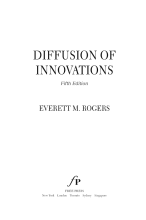Haloalkanes - What Are the SN2 and SN1 Mechanisms for Nucleophilic Substitution?
5 important questions on Haloalkanes - What Are the SN2 and SN1 Mechanisms for Nucleophilic Substitution?
What is a bimolecular reaction?
By what is the SN2 reaction driven?
What is a unimolecular reaction?
- Higher grades + faster learning
- Never study anything twice
- 100% sure, 100% understanding
What happens when the SN1 reaction is carried out on a 2o haloalkane?
Why is it that a SN1 reaction carried out at a tetrahedral stereocenter results in a racemic mixture?
The question on the page originate from the summary of the following study material:
- A unique study and practice tool
- Never study anything twice again
- Get the grades you hope for
- 100% sure, 100% understanding
































